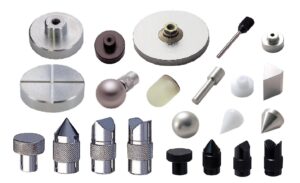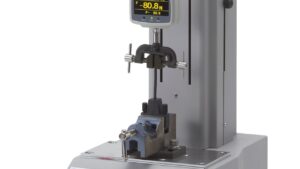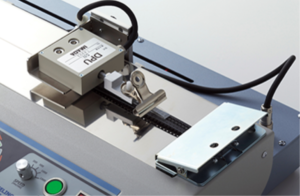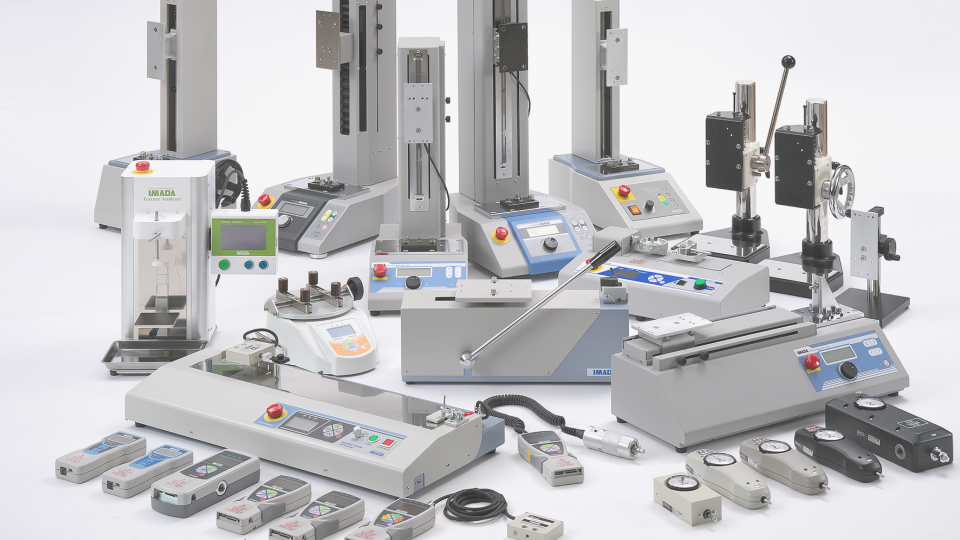Load cells are used in material testing, impact testing, and manufacturing lines, supporting quality control and research and development around the world. Load cells are often subjected to harsh conditions, such as sudden large loads in impact testing, or repeated measurements in material testing and manufacturing lines. Therefore, load cell durability and life expectancy are critical factors for many users.
The durability and lifespan of load cells vary greatly depending on the specifications, usage frequency, and usage environment of each load cell. However, there are some common measures that can be taken to extend the lifespan of any load cell.
Here are five tips for extending the lifespan of a load cell:
- Allow sufficient margin between the actual measurement value and the rated capacity of the load cell.
- Avoid applying unbalanced loads.
- Allow the load cell to rest without load when not in use.
- Handle the load cell carefully.
- Calibrate the load cell and confirm the appropriateness of the use or the installation method at an earlier stage.
Allow sufficient margin between the actual measurement value and the rated capacity of the load cell.
Let’s start by reviewing what the “rated capacity” is. Every load cell, regardless of manufacturer, has a rated capacity. This means that “this load value can be measured at maximum (if exceeded, the load cell will fail).” It shows the limit line. The load value is expressed in units of N (Newton), so it is said that “the rated capacity of this load cell is 50N.”
Load cells tend to degenerate and have a shorter lifespan when the actual measured load approaches the rated capacity. Conversely, when the measured load is well below the rated capacity, the load cell’s lifespan tends to be longer. Just like humans, applying loads close to their limits can lead to quicker fatigue.
For example, let’s say the actual measurement value is about 25 N. In this case, a load cell with a rated capacity of 50 N, which provides twice the safety margin, will last longer than 30N load cell with a margin closer to the measured load.
However, the accuracy of a load cell decreases as its rated capacity increases. Therefore, it’s essential to find the right balance between rated capacity and accuracy in practice.
Avoid applying unbalanced loads.
Load cells require loads to be applied directly along the measuring axis. Avoid applying loads at an angle or with an off-center force.

Allow the load cell to rest without load when not in use.
Please note that the weight of the fixture attached to the load cell is also a load for the load cell. If the fixture is always attached, it means that the load is being applied continuously. In particular, if a heavy fixture is attached, it is important to be careful as it will deteriorate faster. It is ideal to use a fixture whose weight is less than 10% of the rated capacity of the load cell. Also, it is important to remove the fixture when not in use and allow the load on the load cell to return to zero.
If you need to attach a heavy fixture or if you cannot remove the fixture, it is a good idea to choose a load cell with a large rated capacity in advance.
Handle the load cell carefully.
Even when the device is powered off, any contact with the measuring axis places a load on the load cell. Avoid unnecessary contact with the measuring axis. Be cautious not to subject the load cell to impacts such as dropping it, as this can cause overload and potential damage. Handle the load cell with care to avoid such shocks.
Calibrate the load cell and confirm the appropriateness of the use or the installation method at an earlier stage.
If your installation method or usage is not appropriate, the accuracy will be lost or the precursor to overload (offset deviation) will occur even in the short term. Since load cells are measuring instruments, regular calibration is essential. However, if you are particularly concerned about the durability of the load cell, it is a good idea to calibrate it at an earlier stage than the usual regular calibration and check the appropriateness of use and installation early.
In conclusion…
While the lifespan of load cells can vary based on specifications, frequency of use, and environmental conditions, these measures can be applied universally to help extend their lifespan. We hope that your load cell serves you for as long as possible.






